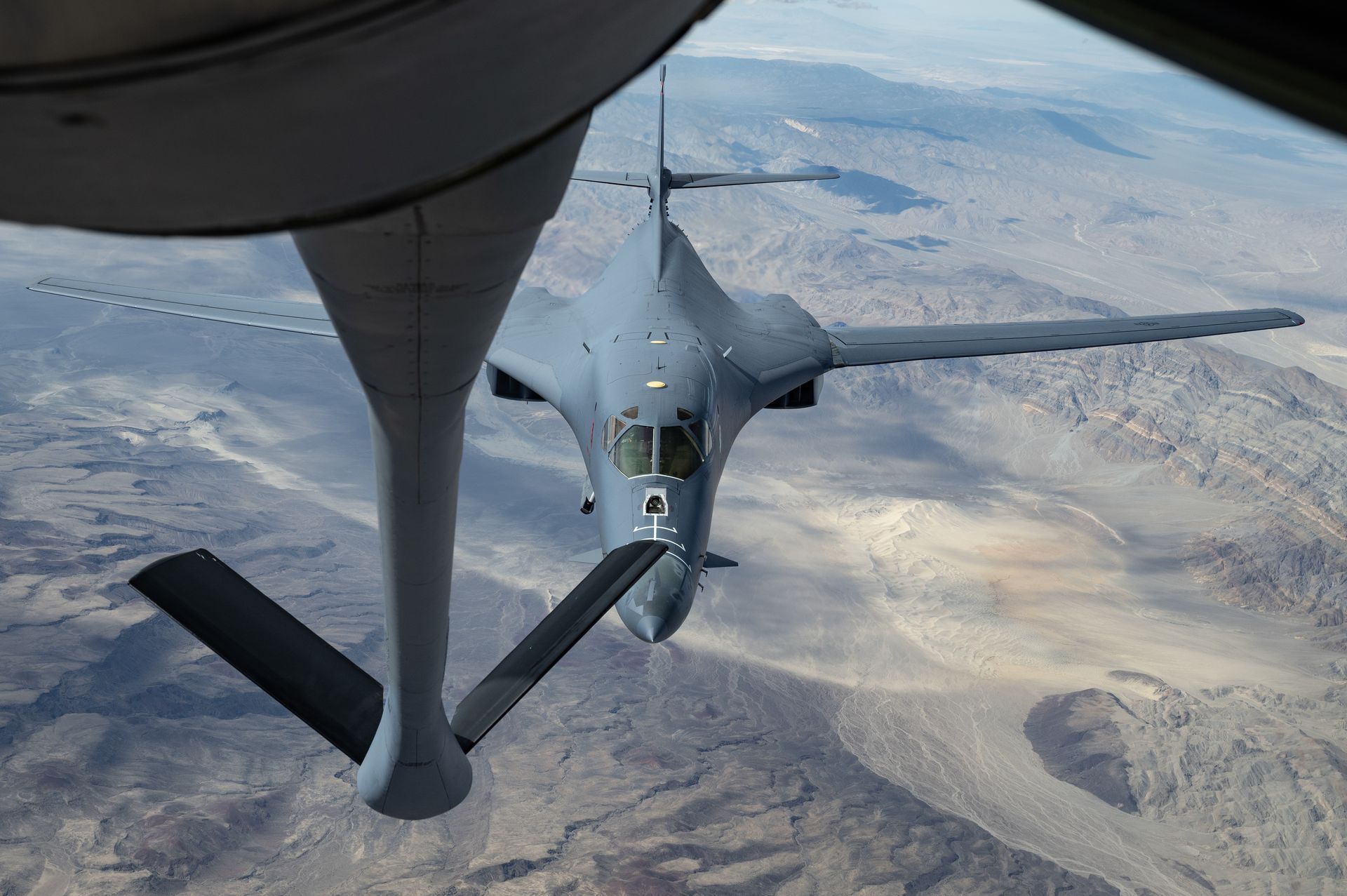The United States Space Force is taking its orbital responsibilities up a notch by introducing a fresh initiative to tackle threats from foreign nations in space. During a ceremony held at the Peterson Space Force Base in Colorado, the Space Force officially activated the Intelligence, Surveillance, and Reconnaissance Squadron (ISRS) – a specialized unit tasked with countering adversarial space activities.
This development comes with a new emblem that’s certainly intriguing – the emblem showcases the grim reaper with the North Star gleaming in its eye.

What is the purpose of the new unit?
The main goal of the Intelligence, Surveillance, and Reconnaissance Squadron is to identify and neutralize potential threats to US assets in space, specifically targeting enemy satellites and ground stations linked to rival space forces. Lt. Col. Travis Anderson, the leader of the squadron, explained the distinction between “space forces” and “counter-space forces.” While the former denotes a country’s space capabilities for collaborative warfare, the latter refers to space capabilities designed to obstruct the United States’ use of satellite systems in times of conflict.
“The 75th ISRS conducts advanced analysis on adversary space force and counterspace force threats along with their associated architectures,” said Anderson. “Space forces are space capabilities used by a country to facilitate their joint warfighting. Counterspace forces, also called space attack forces, are space capabilities designed to deny the United States the ability to use our satellite systems during conflict.”

Master Sgt. Desiree Cabrera, the operations superintendent of the 75th ISRS, highlighted that the freshly established squadron stands as a unique and pioneering targeting unit committed to bolstering the U.S. Space Force and its array of missions.
“Over the past year, the senior enlisted leader, Senior Master Sgt. Cristy Duncan, along with the first assigned members of the targeting team, led Space Delta 7’s Operating Location-Bravo using an innovative approach to build the foundation and organizational structure of today’s 75th ISRS.” said Cabrera. “Not only are we standing up the sole targeting squadron in the U.S. Space Force, we are changing the way targeting is done across the joint community when it comes to space and electromagnetic warfare.”
Grim repaer in space
What’s really catching attention is the new emblem for the squadron, featuring the grim reaper at its center. The emblem’s symbolism is intriguing – it signifies the downfall of any enemy in the crosshairs of the squadron. Additionally, the Polaris Star twinkling in the reaper’s eye represents security and an unwavering watchfulness in space, both now and in the foreseeable future.

China’s increasing capabilities in space have prompted the US to bolster its presence in orbit. China’s establishment of its space station and intentions for a manned lunar mission have stirred concerns. The Chinese military’s history of anti-satellite activities has further fueled apprehensions. While the US proposed a voluntary ban on anti-satellite weaponry, China pushed back against the idea, denouncing it as a strategic move with harmful intentions. China’s criticism of the US Space Force’s creation echoed similar sentiments, citing adverse impacts on space security and global stability.
China’s Defense Ministry spokesperson, Col. Tan Kefei, reiterated China’s commitment to peaceful space exploration and condemned the weaponization of space, underlining opposition to any form of space arms race.
As the newest member of the US Armed Forces family, the Space Force is making it clear that it’s ready to safeguard its interests in space. By inaugurating the Intelligence, Surveillance, and Reconnaissance Squadron, the Space Force has sent a resounding message across the cosmos – it’s ready to defend its assets and ensure the security of Earth’s orbital realm. This marks a significant step toward a more vigilant and fortified approach to space operations.
Featured image credit: Space Force





